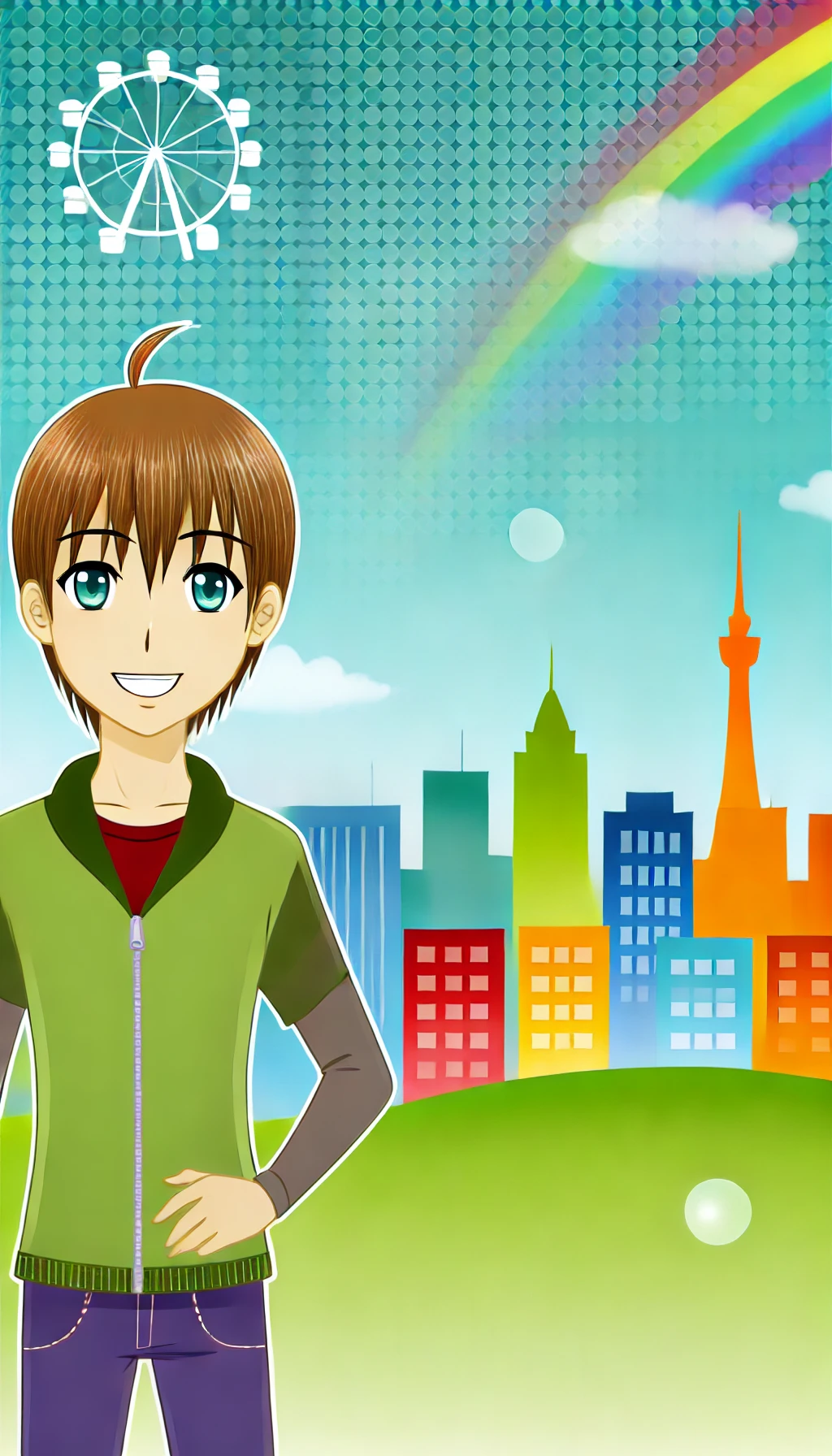Introduction
Anime, a term derived from the English word “animation,” refers to a distinct style of animated films and television series that originated in Japan. Over the years, anime has transcended its cultural origins to become a global phenomenon, captivating audiences of all ages and backgrounds. This article explores the rise of anime, its cultural significance, and its impact on global entertainment.
The Origins and Evolution of Anime
Anime’s roots can be traced back to early 20th-century Japan, with influences from traditional Japanese art and Western animation. The first notable anime was “Namakura Gatana” (The Dull Sword) in 1917, a silent short film that marked the beginning of Japanese animation. However, it wasn’t until the 1960s that anime gained significant traction, thanks to the pioneering work of Osamu Tezuka, often referred to as the “God of Manga.” Tezuka’s creation, “Astro Boy” (1963), was a groundbreaking series that set the standard for future anime productions with its distinctive character designs and storytelling techniques.
The Golden Age of Anime
The 1980s and 1990s are often considered the golden age of anime, characterized by a surge in both quality and quantity of productions. Iconic series such as “Dragon Ball,” “Mobile Suit Gundam,” and “Sailor Moon” emerged during this period, each contributing to the growing popularity of anime both domestically and internationally. These shows introduced viewers to complex narratives, richly developed characters, and diverse genres, ranging from action and adventure to romance and science fiction.
Anime’s Global Reach
Anime’s international appeal began to soar in the late 20th century, aided by advancements in technology and the proliferation of the internet. Western audiences were introduced to anime through television broadcasts, home video releases, and fan-subtitled tapes, known as “fansubs.” The accessibility of streaming platforms in the 21st century, such as Crunchyroll, Funimation, and Netflix, further propelled anime into the mainstream, making it easier for fans worldwide to access a vast library of content.
Cultural Significance of Anime
Anime is more than just entertainment; it is a reflection of Japanese culture and society. It often addresses themes such as the struggle between tradition and modernity, the impact of technology, and the exploration of human emotions and relationships. For instance, Studio Ghibli’s films, directed by Hayao Miyazaki, are renowned for their intricate storytelling and profound messages about nature, humanity, and the passage of time. Movies like “My Neighbor Totoro” and “Spirited Away” have become cultural touchstones, beloved by audiences around the globe for their universal themes and breathtaking animation.
Impact on the Global Entertainment Industry
Anime’s influence extends beyond its dedicated fanbase to impact the broader entertainment industry. Its unique art style, characterized by vibrant colors, exaggerated expressions, and dynamic action sequences, has inspired creators in various media, including film, television, and video games. Western animated series such as “Avatar: The Last Airbender” and “Teen Titans” draw heavily from anime aesthetics and storytelling conventions.
Moreover, anime has spurred a burgeoning industry of related merchandise, including toys, clothing, and collectibles. Conventions like Anime Expo in Los Angeles and Comiket in Tokyo attract hundreds of thousands of attendees, showcasing the commercial and cultural significance of anime fandom.
The Role of Manga in Anime’s Success
Manga, Japanese comic books and graphic novels, play a crucial role in the anime ecosystem. Many popular anime series are adaptations of manga, which often serve as a testing ground for new stories and concepts. Successful manga can quickly gain a dedicated following, paving the way for animated adaptations. For instance, “Naruto,” “One Piece,” and “Attack on Titan” began as manga before becoming widely acclaimed anime series.
Diversity of Genres and Themes
One of the strengths of anime is its diversity. It encompasses a wide range of genres and themes, catering to various tastes and age groups. Shonen anime, aimed at young boys, features action-packed adventures and tales of heroism, while shojo anime, targeted at young girls, focuses on romance and personal growth. Seinen and josei anime cater to adult audiences, exploring more mature and complex themes.
Genres such as mecha (giant robots), isekai (alternate worlds), and slice of life (everyday experiences) offer something for everyone. This diversity ensures that anime remains fresh and engaging, continually attracting new viewers.
Challenges and Controversies
Despite its popularity, anime is not without its challenges and controversies. The industry faces issues such as labor exploitation, with animators often working long hours for low pay. Additionally, some anime content has sparked debates about cultural appropriation, representation, and the portrayal of sensitive topics.
However, the industry is gradually addressing these issues. Initiatives to improve working conditions for animators and increased awareness about diversity and representation are steps toward a more inclusive and sustainable future for anime.
The Future of Anime
The future of anime looks promising, with continued innovation and expansion. Advances in animation technology, such as computer-generated imagery (CGI) and virtual reality (VR), are opening new possibilities for storytelling and visual expression. Collaborations between Japanese studios and international creators are also on the rise, leading to a fusion of styles and ideas that enrich the medium.
Moreover, anime’s growing popularity is fostering a new generation of creators and fans who are passionate about the art form. As anime continues to evolve, it will undoubtedly remain a vital and influential part of global entertainment.
Conclusion
Anime’s journey from a niche cultural product to a global phenomenon is a testament to its universal appeal and artistic merit. Its ability to transcend cultural boundaries and connect with audiences on a deep emotional level has cemented its place in the hearts of millions worldwide. As we look to the future, anime’s impact on global culture and entertainment will continue to grow, inspiring creativity and bringing people together through the power of storytelling.
Anime is more than just a form of entertainment; it is a vibrant and dynamic cultural force that has left an indelible mark on the world. Whether you’re a lifelong fan or a newcomer, the world of anime offers a rich and diverse landscape waiting to be explored.











Leave a Reply